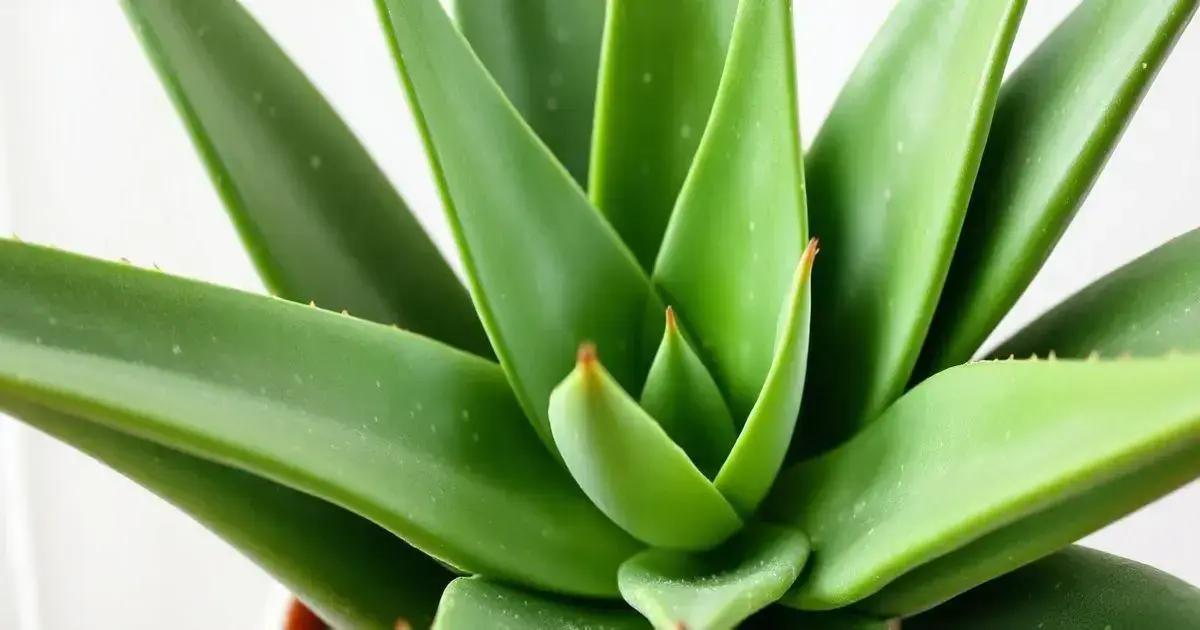How to Care for an Aloe Vera Plant Indoors: 5 Essential Tips for Success
How to care for an aloe vera plant indoors? It’s a common question among plant lovers looking to bring the beauty of nature inside. Aloe vera plants are known for their succulent leaves and healing properties, making them an excellent choice for indoor gardening. Let’s dive into the important factors to keep your aloe vera thriving in your home.
Table of Contents
ToggleUnderstanding soil requirements for your aloe vera
Understanding soil requirements for your aloe vera is essential for ensuring a thriving indoor plant. Aloe vera thrives best in a well-draining soil mix that caters to its unique needs. Here are important factors to consider:
Ideal soil composition
- Use a cactus or succulent potting mix as a base, which provides excellent drainage.
- Consider adding perlite or coarse sand to improve airflow and drainage even further.
pH levels
- Aloe vera prefers slightly acidic to neutral soil, around 6.0 to 7.0 pH.
- Testing your soil’s pH can help maintain optimal growing conditions.
Repotting considerations
- Check your aloe vera every 1-2 years for repotting needs.
- Choose a pot that is 1-2 inches larger in diameter than the current one to allow for growth.
- Ensure it has drainage holes to prevent waterlogging.
By focusing on the proper soil requirements, you will give your aloe vera the foundation it needs to flourish indoors. For more details on caring for other indoor plants, consider exploring indoor gardening techniques.
Optimal sunlight exposure for indoor growth

Optimal sunlight exposure for indoor growth is crucial for your aloe vera to thrive. Aloe plants naturally grow in bright conditions and require a certain amount of light to perform photosynthesis effectively. Here are important aspects to consider for optimal exposure:
Understanding sunlight needs
- Aloe vera prefers bright, indirect sunlight for at least 6 hours a day.
- Direct afternoon sunlight can scorch the leaves, so be careful of extreme exposure.
Best locations for placement
- South-facing windows provide the best light conditions for your aloe.
- If a south-facing window isn’t available, east-facing windows can be a good alternative.
- Consider rotating your aloe vera occasionally to ensure even light distribution on all sides.
Signs of inadequate sunlight
- Stretched or elongated growth suggests the plant is reaching for more light.
- Brown tips on leaves or pale coloring indicates it might need more sun exposure.
By ensuring that your aloe vera gets optimal sunlight exposure, you can help it maintain its health and beauty indoors. For additional tips on nurturing other indoor plants, consider exploring indoor gardening techniques.
Watering schedule and fertilizing techniques
Watering schedule and fertilizing techniques are essential for the health of your aloe vera plant. Understanding how much water and nutrients your plant needs will ensure that it thrives indoors. Here’s how to manage these aspects effectively:
Establishing a watering routine
- Water your aloe vera deeply but infrequently; it prefers to dry out between waterings.
- Usually, watering every 2-3 weeks during the growing season (spring and summer) is sufficient.
- Reduce watering in the fall and winter months when the plant is dormant.
Signs of overwatering
- Yellowing leaves can indicate root rot due to excess moisture.
- Soggy soil is a clear signal that you should let your plant dry out more between waterings.
Fertilizing your aloe vera
- Use a balanced, water-soluble fertilizer diluted to half strength during the growing season.
- Fertilize every 4-6 weeks to provide essential nutrients.
- Avoid fertilizing during the winter months when the plant is dormant.
By maintaining a proper watering schedule and utilizing effective fertilizing techniques, you can keep your aloe vera vibrant and healthy. For more indoor gardening insights, consider exploring indoor gardening techniques.
In conclusion
Caring for your aloe vera plant indoors requires attention to various factors like soil requirements, optimal sunlight exposure, and a proper watering schedule. By implementing these techniques, you ensure that your aloe vera thrives and enhances your indoor environment. For further guidance and tips on enhancing your indoor garden, keep exploring and learning!

